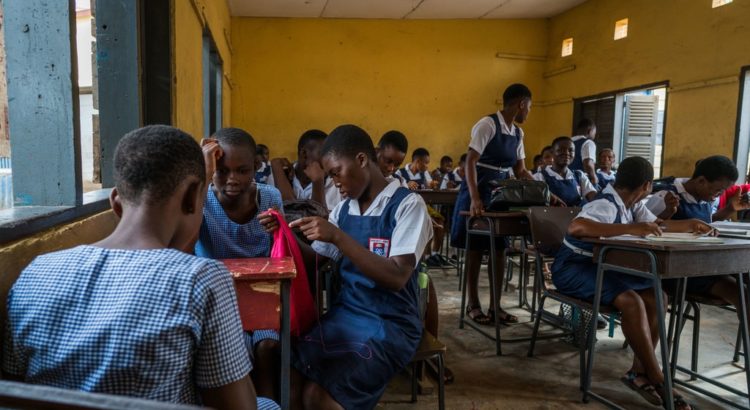Africa/ Ghana/ 25.06.2019/ Source: www.nytimes.com.
At dawn on a recent Tuesday, 18-year-old Jane Newornu pulled on her blue gingham school uniform, stuffed her books into her knapsack and grabbed a banana as she ran off to school.
Her twin sister, Jennifer, still in her pajamas, watched with a pang of envy. Instead of going to class, Jennifer was staying home from school on a two-month hiatus mandated by the government. The twins, like all high school students in Ghana, now must take turns.
The problem is the result of the tumultuous rollout of a new government program, intended to expand access to free secondary education. When President Nana Akufo-Addo took office in 2017, he made good on one of his chief campaign promises: tuition-free high school for all.
It was part of a broader effort to make Ghana internationally competitive in educational standards, agriculture, tourism and more. But the program has proved so popular — 430,000 students are enrolled this school year, up from 308,000 in 2016, according to the education ministry — that demand has overwhelmed capacity.







 Users Today : 38
Users Today : 38 Total Users : 35460301
Total Users : 35460301 Views Today : 56
Views Today : 56 Total views : 3419024
Total views : 3419024